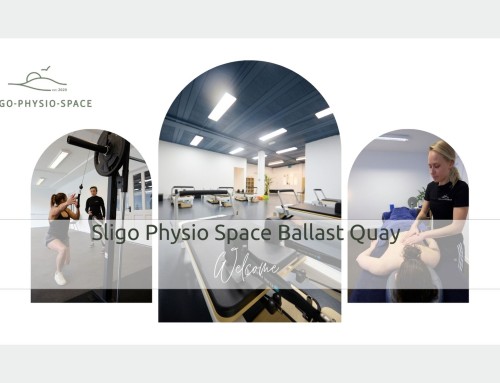I would like to take this opportunity to introduce a new physiotherapeutic approach to headache management in Ireland.
The Watson Headache ® Approach was established in South Australia by Dr Dean Watson, a physiotherapist who has specialised in treating headaches and migraines for over 30 years and completed his PHD in headache and migraine management.
I have been fortunate to complete extensive training with Dean in Australia and I worked in the foremost specialist headache and migraine centre in Melbourne with the mentoring of Roger O’ Toole, an extremely experienced and knowledgeable headache consultant. While most physiotherapists are educated in the treatment of cervicogenic headache, the assessment and management of primary headache is largely outside their scope of practice.
The Watson Headache ® Approach
Through extensive experience and research Dean recognised a gap in the understanding of assessment and treatment for headache and migraine sufferers. He understood that the neck was under diagnosed as a cause of headaches and furthered his research in this area. His research showed that 100% of tension type headache sufferers and 94% of migraine sufferers had their symptoms reproduced via specific points in their neck (Watson and Drummond, 2012). He then went on to prove that the Watson Headache ® Approach could impact and desensitise the brainstem, (Watson, 2014).
He felt that evidence from reflex studies, PET scans and the mechanism of effect of triptans (Weiller et al., 1995; Mannix, 2005; Sand, Møll-Nilsen and Zwart, 2006), implied that common underlying pathophysiology in primary headache and cervicogenic headache is an overactive brainstem and more specifically the trigemino-cervical nucleus (TCN). As the TCN receives afferent input from the 3 upper cervical nerves; if dysfunction is present in the upper cervical spine and it is a constant it may therefore account for increased excitability of the TCN. ThisHis research led to the development of the Watson Headache ® Approach, a specific method for assessing and treating headache.
The application of the Watson Headache ® Approach has been shown to normalise a key marker of brainstem overactivity – the nociceptive blink reflex (Watson, 2014). This is what differentiates the approach from standard manual therapy. Relief from the current episode can be achieved, but also by changing the underlying activity in the brainstem, prevention of recurring episodes can also be achieved.
Key features of the Watson Headache Approach ® are:
- Diagnosing a stressor in the upper cervical spine that is amenable to sustained self -treatment, if not found, treatment is not recommended following assessment.
- Demonstration that this stressor is responsible for referring usual symptoms by temporarily reproducing familiar symptoms through highly selective sustained pressure on cervical spine segments.
- Significant and sustained improvements in two weeks, if no change after 2-3 sessions, treatment ceases.
- Emphasis on self-management with 90% of patients discharged in less than 10 sessions.
The aim of Sligo Physio Space is to provide the most specialist headache and migraine physiotherapy clinic in Ireland, offering sufferers access to a highly skilled and specific assessment tool for primary headache as well as cervicogenic headache. Although we believe the neck is a significant contributor to pain in headache and migraine sufferers, we know it is not the only source, however it is a treatable and manageable component in a large percentage of clients, therefore I hope that you will trust in advising your clients to seek an assessment from Sligo Physio Space.
You can get in touch for more information or check out my website. Hit the link if you want to book an appointment now. Or have a go at some yoga for relieving tension from your headache or migraine.
References
Mannix, L.K., 2005. The use of triptans in the management of menstrual migraine. CNS Drugs, 19(11), pp. 951-973.
Sand, T., Møll-Nilsen, B. and Zwart, A.J., 2006. Blink Reflex R2 Amplitudes in Cervicogenic Headache, Chronic Tension-Type Headache and Migraine. Cephalalgia, 26(10), pp. 1186-1191.
Watson, D.H., 2014. Cervical Referral of Head Pain in Migraineurs: Effects on the Nociceptive Blink Reflex. Headache: The Journal of Head & Face Pain, 54(6), pp. 1035-1046.
Watson, D.H. and Drummond, P.D., 2012. Head Pain Referral During Examination of the Neck in Migraine and Tension‐Type Headache. Headache: The Journal of Head and Face Pain, 52(8), pp. 1226-1235.
Weiller, C., May, A., Limmroth, V., Jüptner, M., Kaube, H., Schayck, R.V., Coenen, H.H. and Dlener, H.C., 1995. Brain stem activation in spontaneous human migraine attacks. Nature Medicine, 1(7), p. 658.






